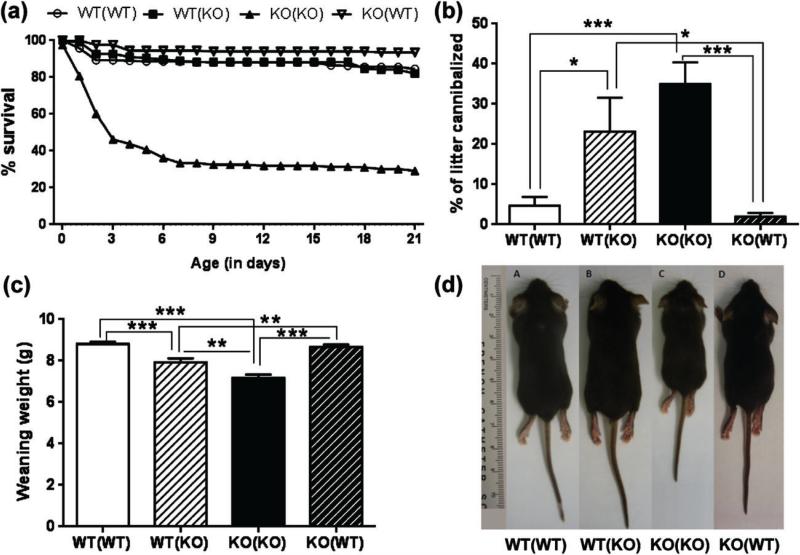Figure 1. Litters born to TPH2−/− dams show decreased survival, increased cannibalism and reduced body weight at weaning and are rescued by cross-fostering.
Litters born to TPH2+/+ (WT) or TPH2−/− (KO) dams were reared by their biological mothers or they were cross-fostered to receptive dams of the opposite genotype immediately after birth. The genotypes of dams and pups (in parentheses) are designated as follows: WT(WT), WT dam rearing their own WT pups; WT(KO), WT dams rearing cross-fostered KO pups; KO(KO), KO dams rearing their own KO pups and KO(WT), KO dams rearing cross-fostered WT pups. Litters were assessed for (a) % pup survival, (b) % litter cannibalized, (c) body weight at weaning and (d) body size at weaning. Data are expressed as the mean ± SEM. *P < 0.05, **P < 0.001 and ***P < 0.0001.

